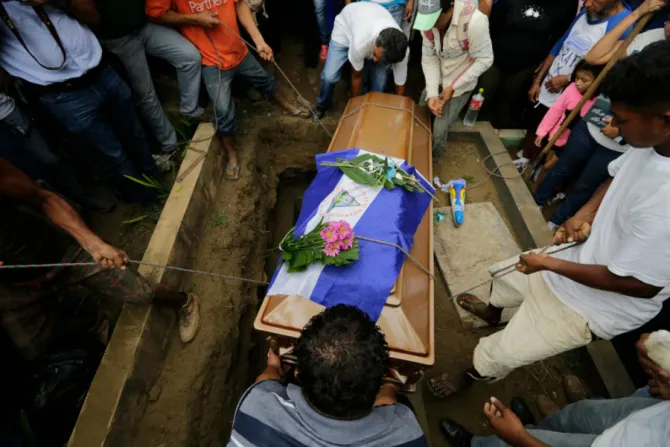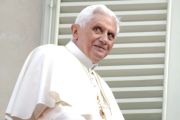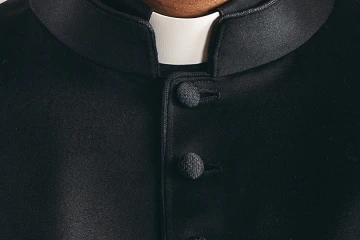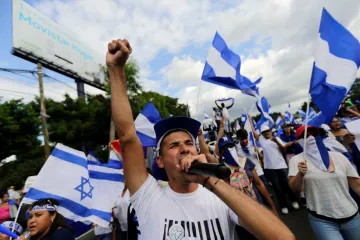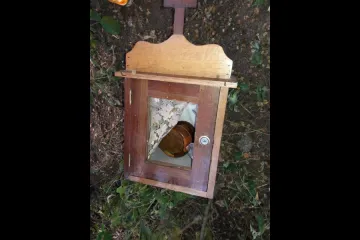Matagalpa, Nicaragua, Sep 27, 2018 / 13:13 pm
Bishop Rolando José Álvarez Lagos of Matagalpa has called for an end to the deaths in the country occurring during protests against the government of Daniel Ortega after the death of 16-year-old Matt Andrés Romero, who died Sept. 23 during an anti-government demonstration.
"We mourn the death. We mourn one more death. It grieves our soul, the death of the young man, of the boy, Matt Andrés Romero. Our prayers for his family. Our love and solidarity with them. We continue to insist: not one more death, please," Bishop Álvarez wrote on Twitter Sept. 25.
<blockquote class="twitter-tweet" data-lang="en"><p lang="es" dir="ltr">"Nos duele la muerte. Nos duele un muerto más. Nos duele hasta el alma, la muerte del jovencito, del niño, Matt Andrés Romero. Nuestras oraciones por su familia. Nuestro cariño y solidaridad con ellos. Seguimos insistiendo: ni un muerto más por favor". Mons. Rolando José.</p>— Monseñor Rolando José Alvarez L. (@DiocesisdeMat) <a href="https://twitter.com/DiocesisdeMat/status/1044814230996873217?ref_src=twsrc%5Etfw">September 26, 2018</a></blockquote>
<script async src="https://platform.twitter.com/widgets.js" charset="utf-8"></script>
Romero died during the "We are all the voice of the political prisoners" march in Managua, where he was mortally wounded by a gunshot.


